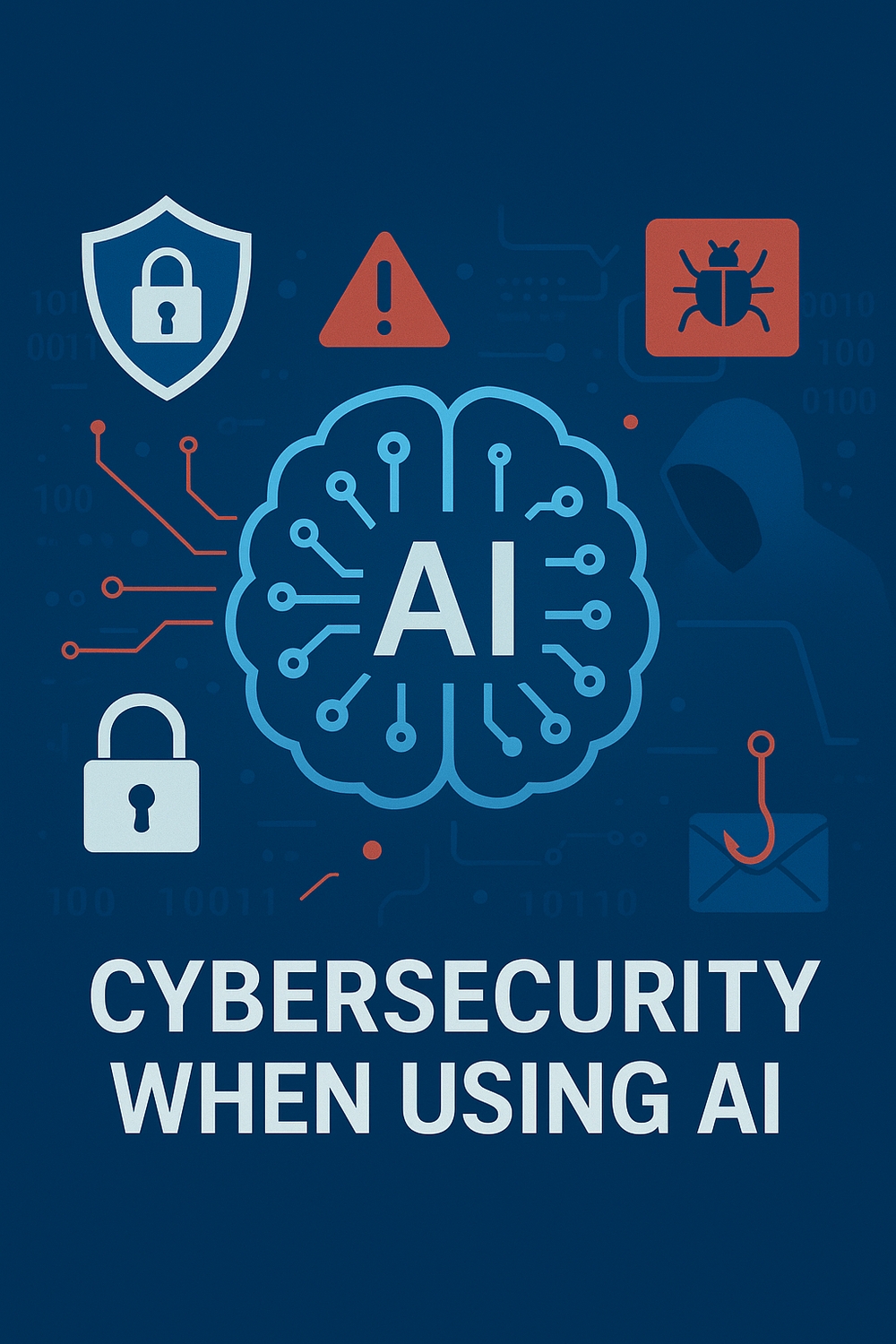Published
- 2 min read
Cybersecurity in the Age of AI: Balancing Risks and Defenses

Artificial Intelligence (AI) is revolutionizing cybersecurity — both as a weapon and a shield. On one side, cybercriminals are exploiting AI to launch more sophisticated attacks, while on the other, security professionals are using AI to strengthen defenses and automate detection.
AI as a Threat
Recent developments have shown how malicious actors use AI to enhance cybercrime. AI-powered ransomware strains like “PromptLock” dynamically generate malicious code across platforms. Attackers deploy AI-driven phishing campaigns, deepfakes, and even emotionally manipulative scams such as “vibe-hacking.” Google has also warned of indirect prompt injection attacks that manipulate AI systems into leaking sensitive data.
AI as a Defense
On the flip side, AI empowers security teams with real-time threat detection, automated responses, and reduced false positives. AI models can analyze patterns across massive datasets, detect anomalies, and even defend against adversarial AI attacks. Industry leaders like Anthropic and SentinelOne are investing heavily in tools that block AI-assisted cybercrime and prevent sensitive data leakage.
Best Practices for Secure AI Use
- Secure Infrastructure: Regular adversarial testing, patch management, encryption, and sandboxing of AI systems.
- Data Governance: Protect privacy with encryption, anonymization, and compliance with global regulations like GDPR and CCPA.
- Ethical Oversight: Implement explainable AI, mitigate bias, and maintain human-in-the-loop decision-making.
- Incident Readiness: Develop AI-specific response playbooks against threats like deepfakes, prompt injection, or model poisoning.
- Education & Awareness: Train employees to identify AI-driven phishing and shadow AI usage.
Striking a Balance
AI in cybersecurity is a double-edged sword. While it enables faster, smarter detection and response, it also empowers attackers with tools to bypass traditional defenses. Organizations must adopt a proactive, governance-first approach, combining AI capabilities with human expertise to stay ahead of evolving threats.
In the age of AI, cybersecurity success will depend not just on technology—but on the synergy of trust, transparency, and resilience.
